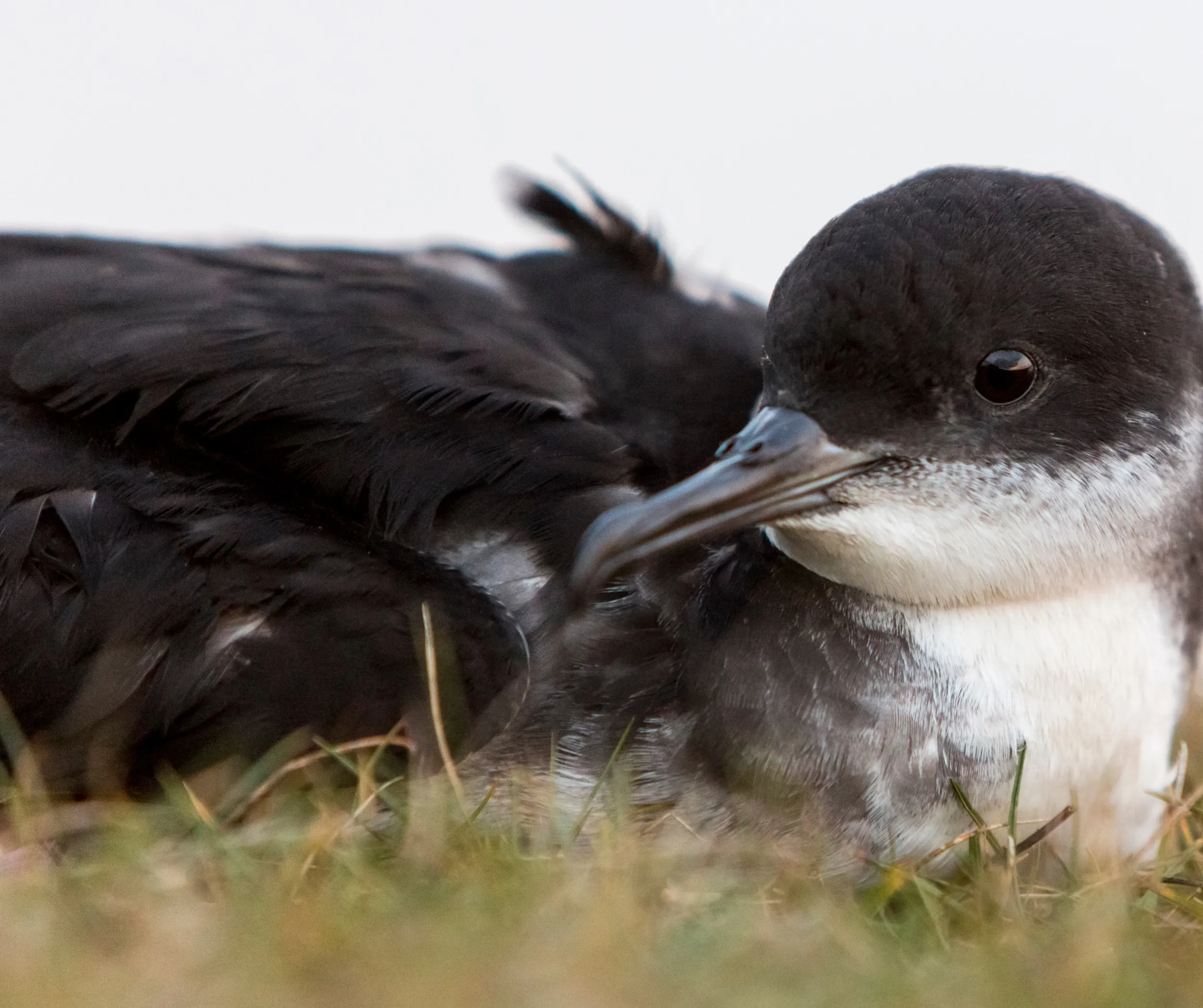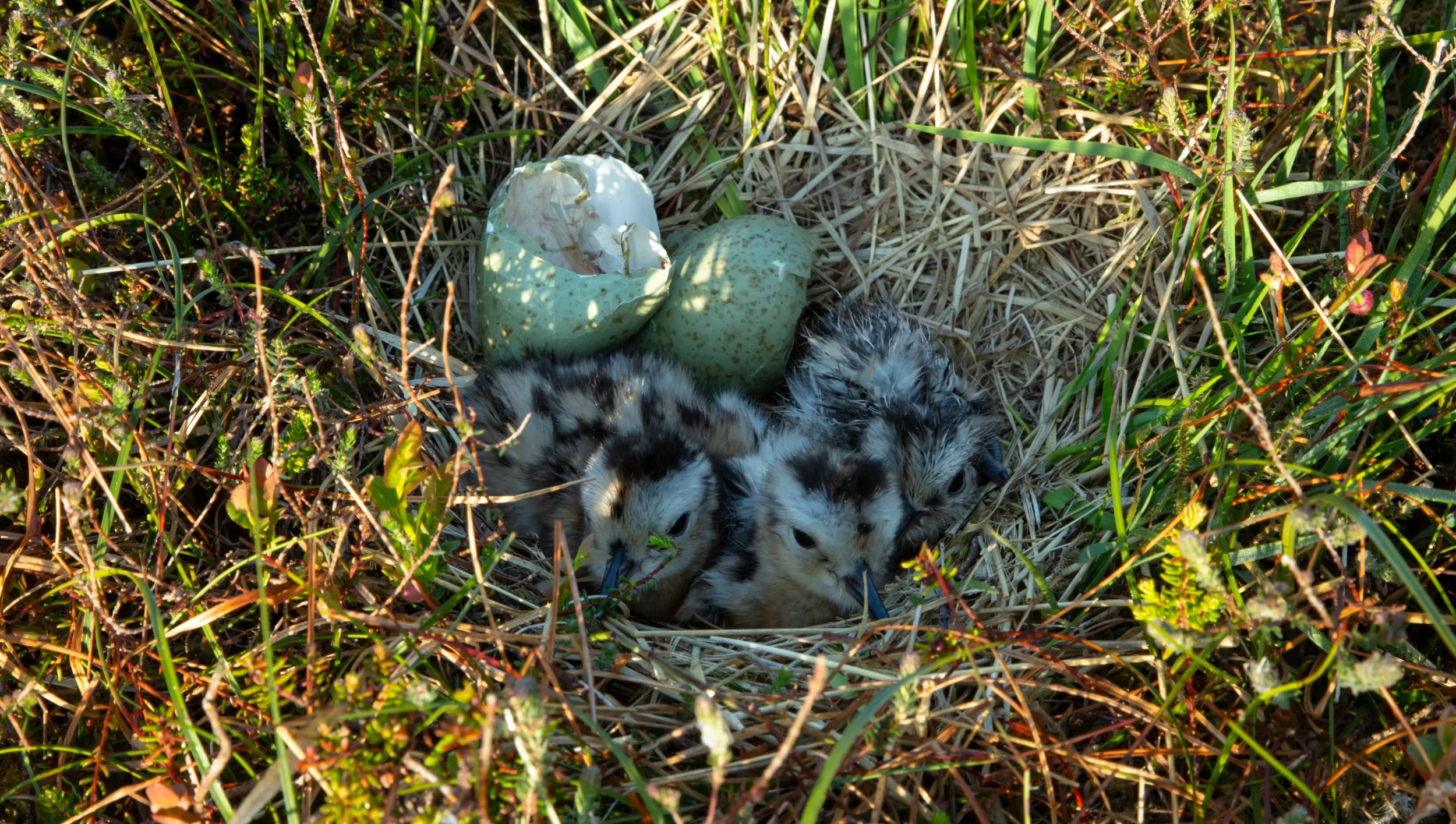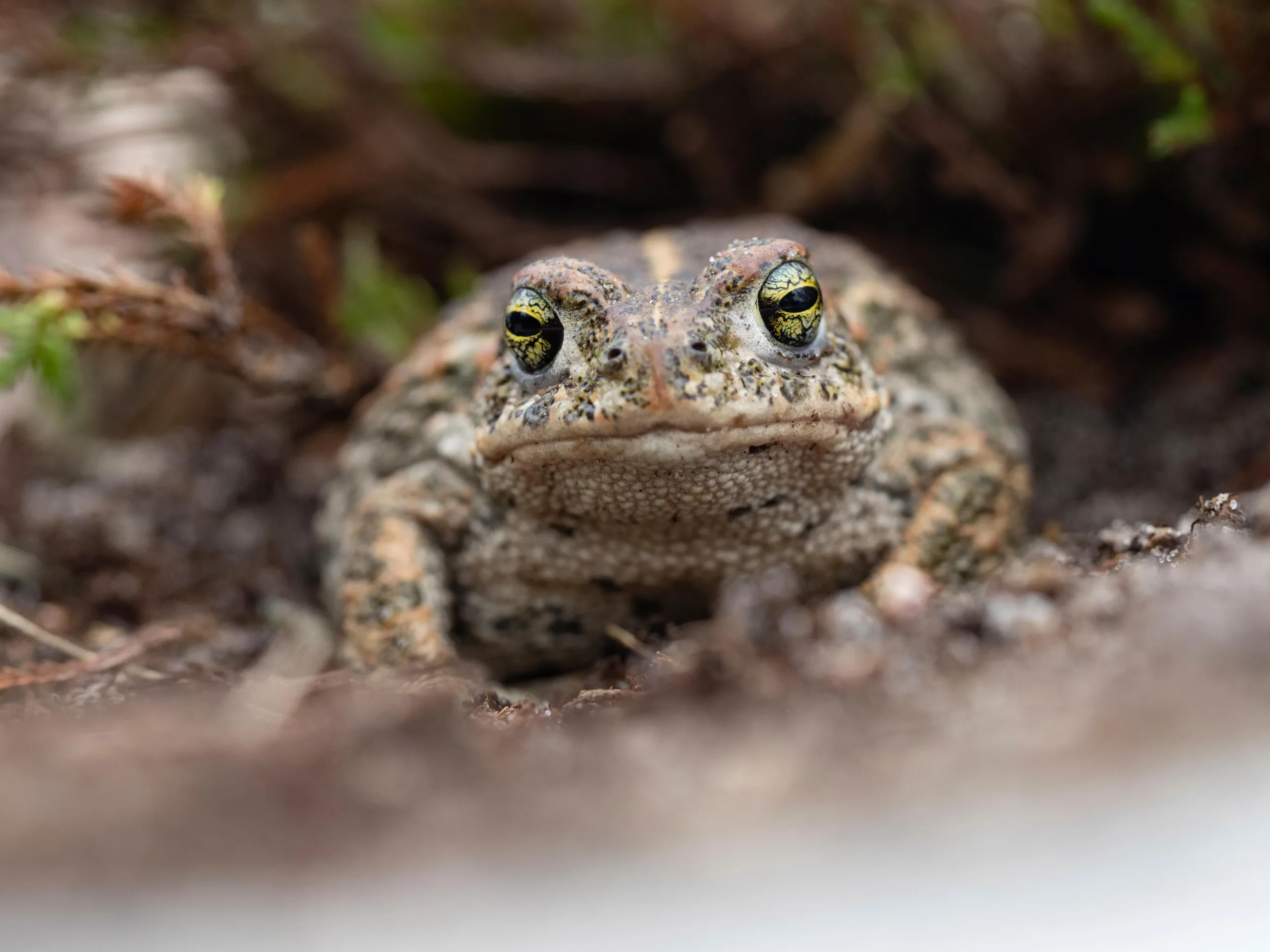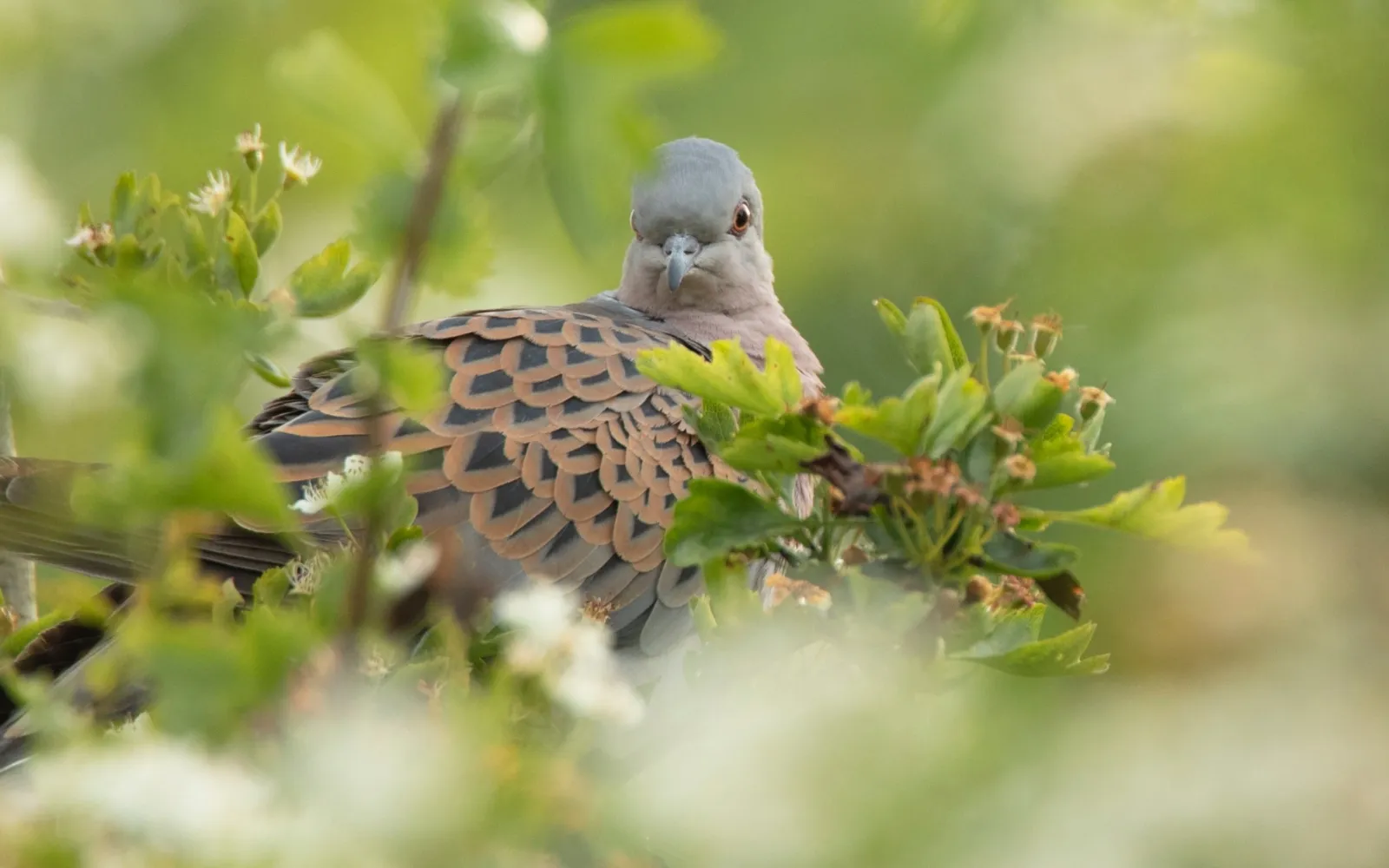Save Our One In Six
The UK is known for its extraordinary wildlife, but mounting pressure on our wildlife means one in six species is at risk of disappearing from Great Britain, and 12% of species are facing extinction from Northern Ireland.

On this page
Imagine if our sea cliffs fell silent and were no longer filled with rowdy seabirds like Kittiwakes and Puffins. Summer skies could be empty of screaming Swifts, and the call of the Curlew just an echo around our uplands.
The 2023 State of Nature Report found the UK is now one of the most nature-depleted countries on Earth. Scotland is at risk of losing one in nine species, with Wales facing a potential loss of 18% of species.
It’s clear that we need to do much more to save our wildlife before it’s too late. We’re taking action to help save around 100 species, or groups of species, that are most in need.
Our work is only possible with you.
With your help, we can take nature from threatened to thriving
Here are seven species which, with your support, we are helping to bounce back from the brink:
Curlew
The Curlew was facing the risk of extinction in Northern Ireland. By creating nesting habitat and monitoring fledglings, The Curlew LIFE project has restored hope for the species.
Working with partners around the UK, the project aims to bolster breeding bird populations at five different locations. This year, Curlews are back on their nests at each of the sites, but the cold, damp start to the spring has caused some delays and, in some cases, devastation.
Curlews face a range of challenges throughout the breeding season, and early nests at Lough Erne and Hadrian’s Wall have already suffered predation. Meanwhile, some of the first nests at RSPB Insh Marshes were flooded due to heavy rain at the beginning of the breeding season.
It’s still early in the season, though, and the teams are still discovering more nests – each one full of hope for the future of the species. Your support means we can protect more of these breeding birds at this crucial time. Right now, every chick counts.

Manx Shearwater
Over the past few weeks, the spring arrivals of Manx Shearwaters have been returning to our shores. On islands such as Ramsey, Lundy, St Agnes and Gugh, your support has helped Manx Shearwater numbers recover after we have worked to remove non-native rats which prey on their eggs and chicks.
In 2000, there were 297 pairs of breeding birds on Lundy. Last year, almost twenty years after rat eradication began, there were 12,600 pairs of Manx Shearwaters breeding on the island. Thanks to you, we cannot wait to see how many young birds emerge from their burrows later in the season.

Natterjacks
Natterjack Toads are among our rarest amphibians. Due to the repurposing of land, the shallow sandy pools they breed in had become scarce.
Thanks to you, we have been able to create new breeding habitat on RSPB reserves, like Mereshead and the Lodge. As a result, numbers have risen in recent years. This spring, we’re already seeing early signs of success as tadpole numbers are reaching the thousands. Over the next few weeks, our reserve teams wait with bated breath to measure the success of their Natterjack metamorphosis.

Sandeels and Puffins
Kittiwake and Puffin numbers have dropped dramatically as sandeels disappeared from our seas. After 25 years of campaigning, backed by supporters like you, the UK and Scottish Governments have agreed to finally end industrial sandeel fishing in all Scottish waters and the English North Sea. However, in recent weeks, the EU has challenged the decision. With your backing, we can continue to stand shoulder to shoulder with other environmental organisations, using our voices to save our seabirds.

Swifts
Swifts are now on the Red List of birds of conservation concern. We have worked in partnership with Barratt Developments PLC, who have installed over 5,000 Swift bricks in their new builds to encourage nesting in our towns and cities.

Turtle Doves
The scrubby hedgerows of the UK’s farmland should be filled with the purring calls of Turtle Doves throughout the spring and summer.
Following a third year of the hunting suspension of this species in south-west Europe, the number of this much-loved migratory dove returning to the UK is building. With your help, the Operation Turtle Dove team are working with over 370 farmers to ensure they find prime breeding habitat on their arrival. Farmers across southern and eastern England have been supported in creating more scrubby thickets for nesting and seed-rich field edges for feeding, and many birds have already been taking advantage of the newly created habitat.
Thanks to you, we hope to soon see the next generation of these birds fledging, marking just the start of a remarkable species recovery.

Water Voles
Water Voles have vanished from 94% of the places they once thrived, due to predation and habitat loss. In partnership with Cumbria Connect, Eden Rivers Trust, and the Environment Agency, 204 captively bred Water Voles were released at Wild Haweswater last year.

We’re halfway there!
Thanks to your generous donations, you are helping us to prevent species disappearing from our shores. Our One in Six appeal has reached:
£80,000
We’re hoping to raise £140,000 to help to turn the threatened into the thriving,
Your donation or regular gift could support action to conserve around 100 priority species and benefit many more, both in the UK and around the world.
Donate to help save wildlife
Your donation or regular gift could support action to conserve around 100 priority species and benefit many more, both in the UK and around the world.
Please help us to turn the threatened into the thriving
